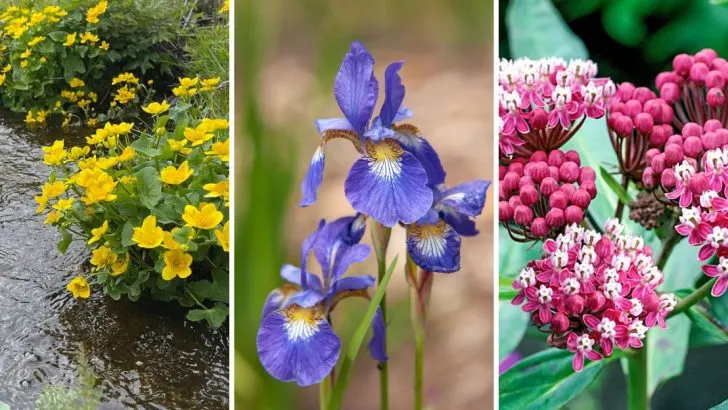A rain garden is a beautiful and eco-friendly way to manage stormwater while enhancing your landscape. By choosing the right plants, you can create a garden that not only absorbs excess water but also attracts wildlife and adds color and texture to your yard.
Whether you’re dealing with heavy rainfall or simply looking to reduce runoff, the right selection of plants can make all the difference. Here are 10 of the best plants for soaking up water in your rain garden, ensuring that your garden thrives while protecting the environment.
Blue Flag Iris
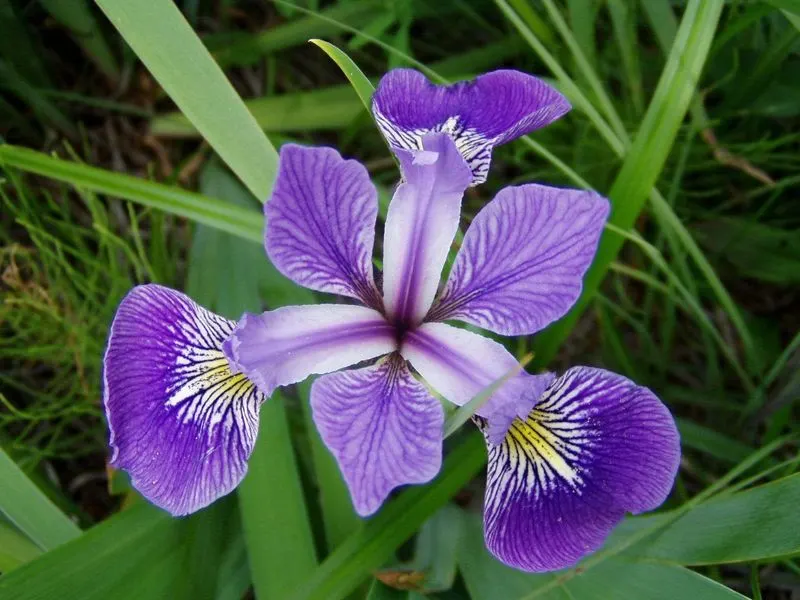
Blue Flag Iris adds a touch of elegance with its striking blue flowers and resilient nature. Thriving in both wet and dry conditions, it’s a perfect choice for rain gardens. This plant not only beautifies your space but also provides sanctuary for birds and beneficial insects.
Its roots efficiently absorb excess water, reducing runoff while supporting local ecology. Consider planting in clusters for a stunning visual impact. Ensure it receives full to partial sun for optimal growth. The Blue Flag Iris is more than a pretty face; it’s a hardworking member of your rain garden team.
Swamp Milkweed
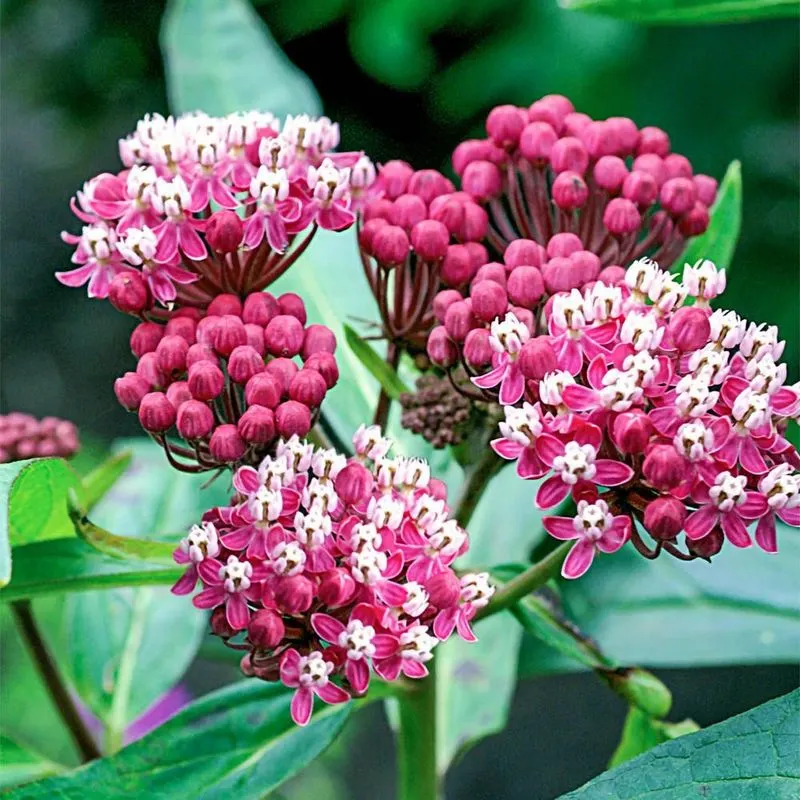
Swamp Milkweed is a magnet for butterflies, particularly the monarch, making it a lively addition to any rain garden. Its tall, slender stems support clusters of pink flowers, adding vertical interest.
Beyond aesthetics, Swamp Milkweed plays a crucial role in water management, soaking up moisture and stabilizing soil. Ideal for wetter areas, it thrives in full sun to partial shade, requiring minimal maintenance. As an added benefit, this plant contributes to the conservation of pollinators. Integrate Swamp Milkweed into your garden for both its beauty and ecological benefits.
Cardinal Flower
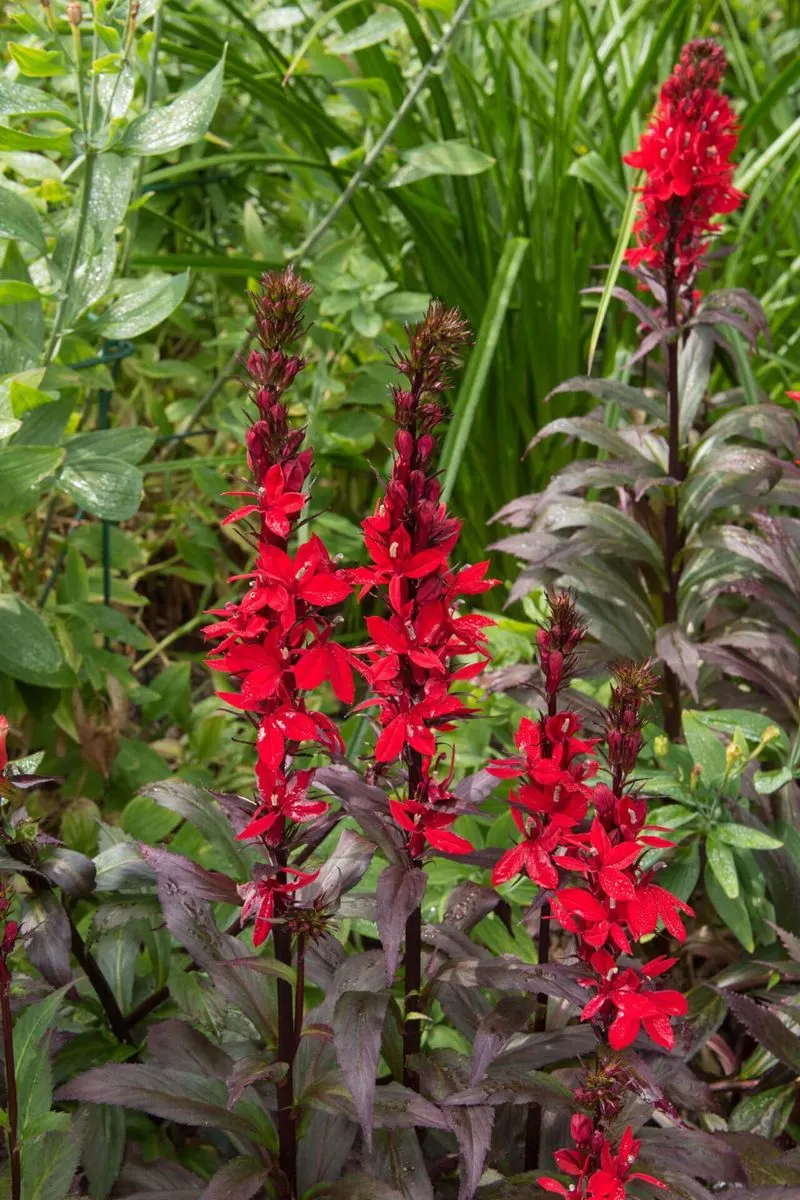
Cardinal Flower captivates with its vivid red blooms, providing a splash of color from mid-summer to early fall. Its striking appearance makes it a focal point in rain gardens.
Adaptable to various conditions, it excels in moist, shaded areas, efficiently absorbing water and reducing soil erosion. Offering nectar to hummingbirds, it supports local wildlife. Plant in clusters for a dramatic effect that draws attention. Cardinal Flower is not only visually appealing but also an asset in water management, helping maintain a healthy garden environment.
Joe Pye Weed
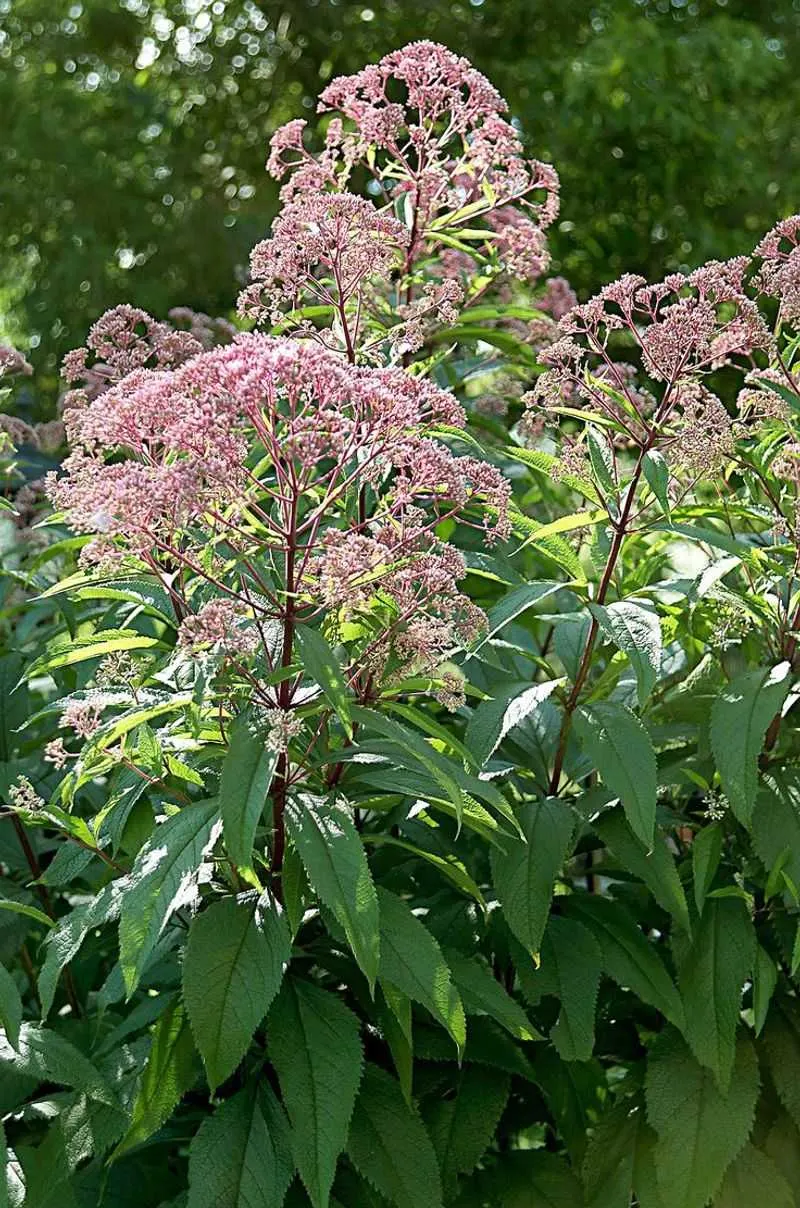
Joe Pye Weed boasts tall stems crowned with mauve flower clusters, making it a standout choice. This plant thrives in moist soil, perfect for rain gardens that need effective water absorption.
It attracts butterflies, adding movement and life to the garden. Its height provides a natural backdrop, creating layers of interest. With minimal care requirements, Joe Pye Weed is ideal for those seeking beauty with functionality. Place it in areas that receive full sun to partial shade for best results. Its robust nature and ecological benefits make it a valuable addition.
Soft Rush
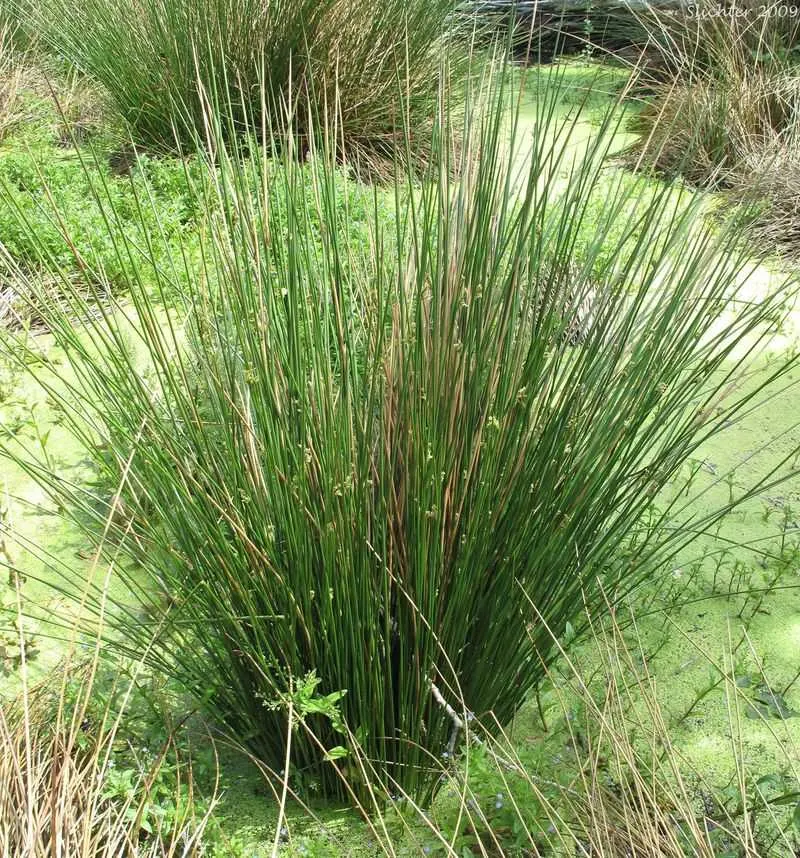
Soft Rush is a versatile grass-like plant, thriving in waterlogged soils where other plants may struggle. Its cylindrical, green stems add texture and movement.
Perfect for planting along the edges of ponds or wet areas, Soft Rush helps in erosion control and water absorption. It requires little care once established, making it a favorite for low-maintenance gardens. This plant also provides habitat for various insects and amphibians. Including Soft Rush in your rain garden design adds both practical and aesthetic value, enhancing its natural appeal.
Marsh Marigold
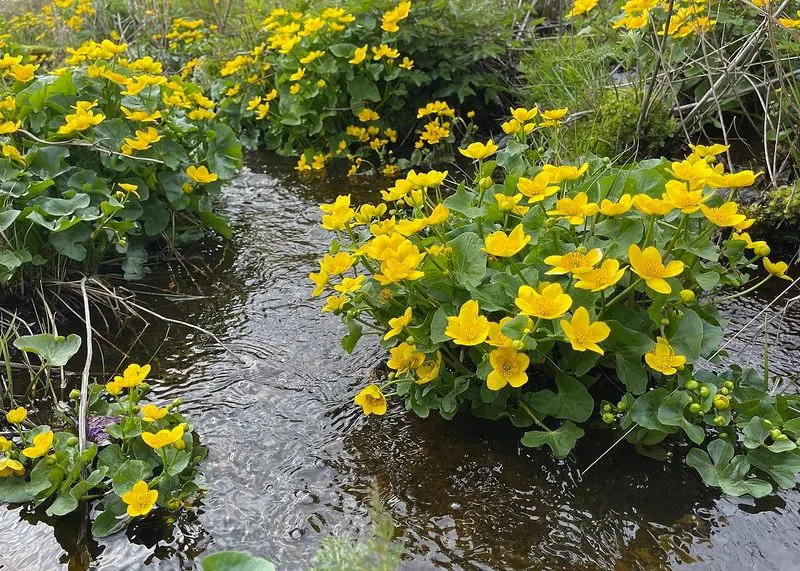
Marsh Marigold brings cheer with its bright yellow flowers, heralding the arrival of spring. This plant thrives in wet environments, making it ideal for rain gardens.
It efficiently absorbs excess moisture, reducing flooding risks. Plant in shallow water or moist soil for best performance. Marsh Marigold is low-maintenance, requiring minimal intervention once established. Its cheerful blooms attract early pollinators, supporting the local ecosystem. Add Marsh Marigold to your garden for a pop of color and reliable water management capabilities, ensuring a vibrant and functional landscape.
Siberian Iris
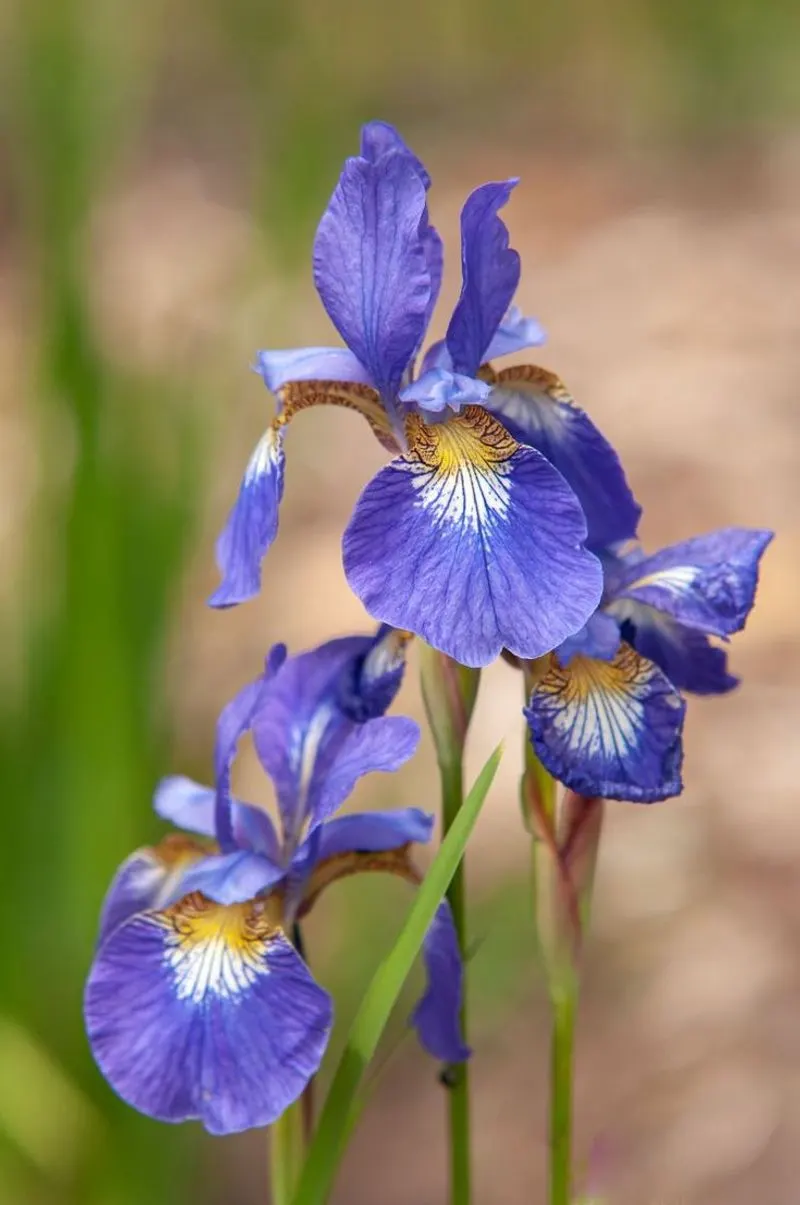
Siberian Iris offers stunning purple blooms that add elegance and charm. This hardy plant adapts well to various conditions, including the damp soils of rain gardens.
Its roots are excellent at absorbing water, making it a practical choice for preventing waterlogging. Plant it in full sun to partial shade for optimal growth. The Siberian Iris adds a touch of sophistication while performing essential ecological functions. By including this plant, you enhance your garden’s beauty and utility, supporting biodiversity and water management.
Northern Blue Flag
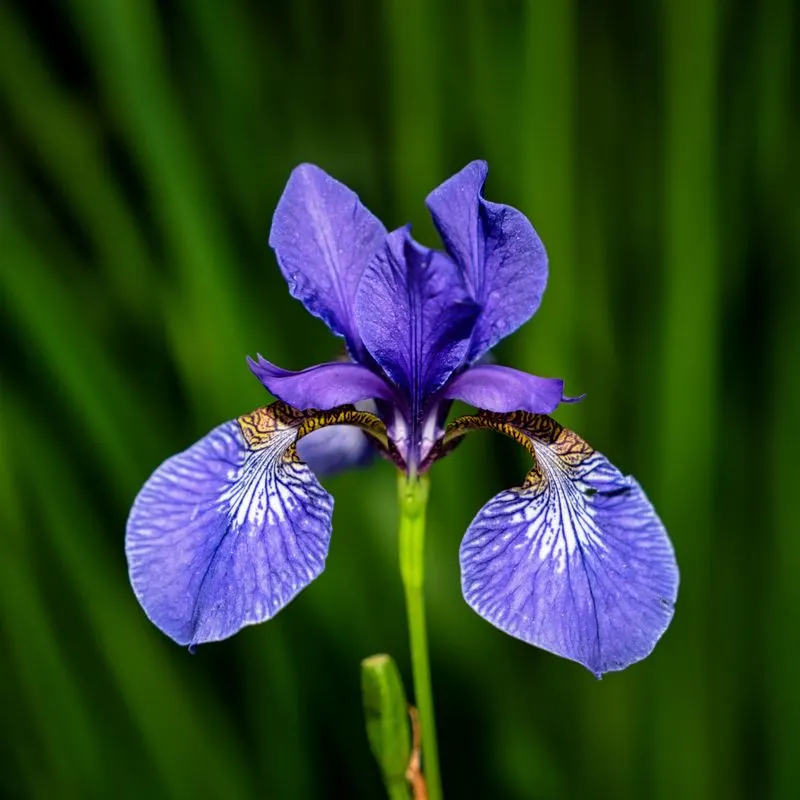
Northern Blue Flag Iris is known for its large, lavender-blue flowers and graceful presence. Ideal for rain gardens, it thrives in moist conditions while providing aesthetic appeal.
The plant’s robust root system efficiently soaks up excess water, mitigating flooding concerns. Its presence supports a habitat for birds and insects, enriching biodiversity. Plant in clusters for visual impact and to support pollinators. Northern Blue Flag Iris is both a decorative element and a functional component of a well-designed rain garden, ensuring ecological balance and beauty.
Yellow Flag Iris
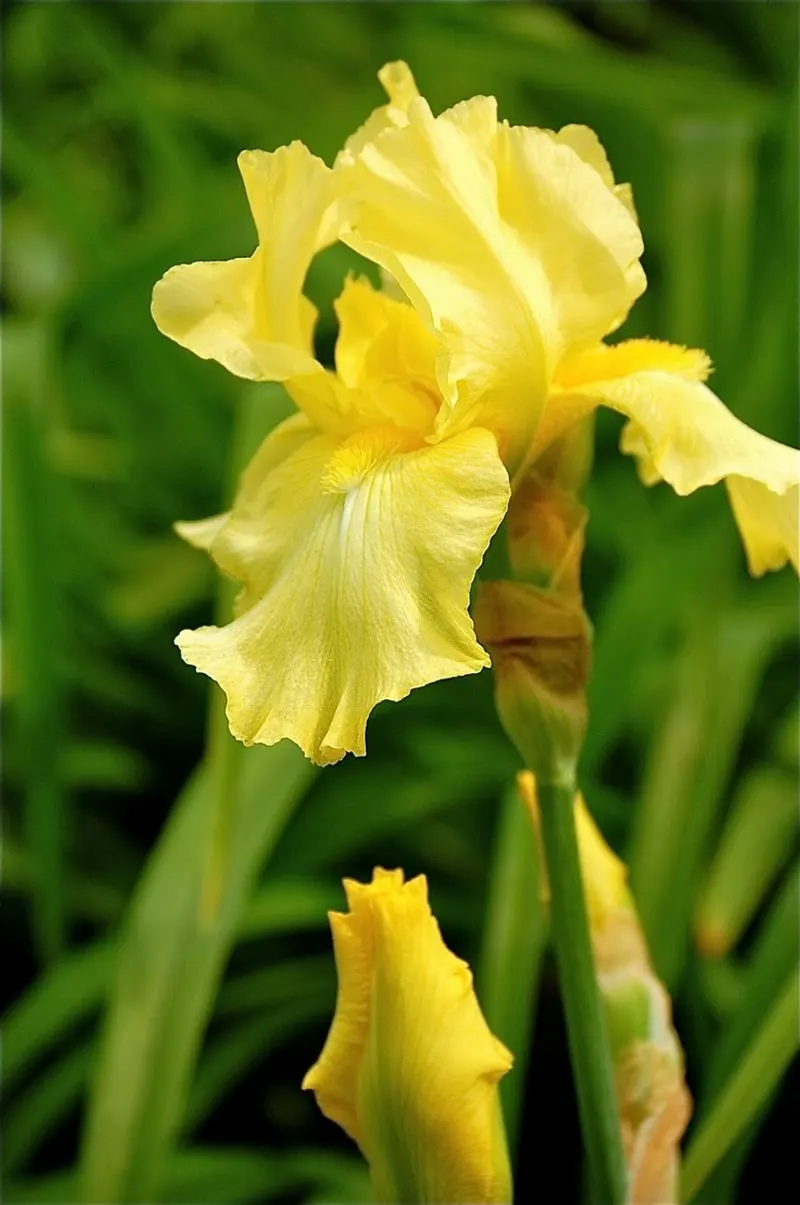
Yellow Flag Iris stands out with its bold yellow blooms. This plant is perfect for wet areas, contributing to effective water absorption and garden aesthetics.
While it offers visual interest, it also helps prevent erosion and supports wildlife habitats. Ensure it receives adequate sun for vibrant growth. Yellow Flag Iris is particularly useful in managing excess water, making it a strategic choice for rain gardens. By incorporating it into your landscape, you gain both beauty and functionality, promoting a healthy garden environment.
Purple Coneflower
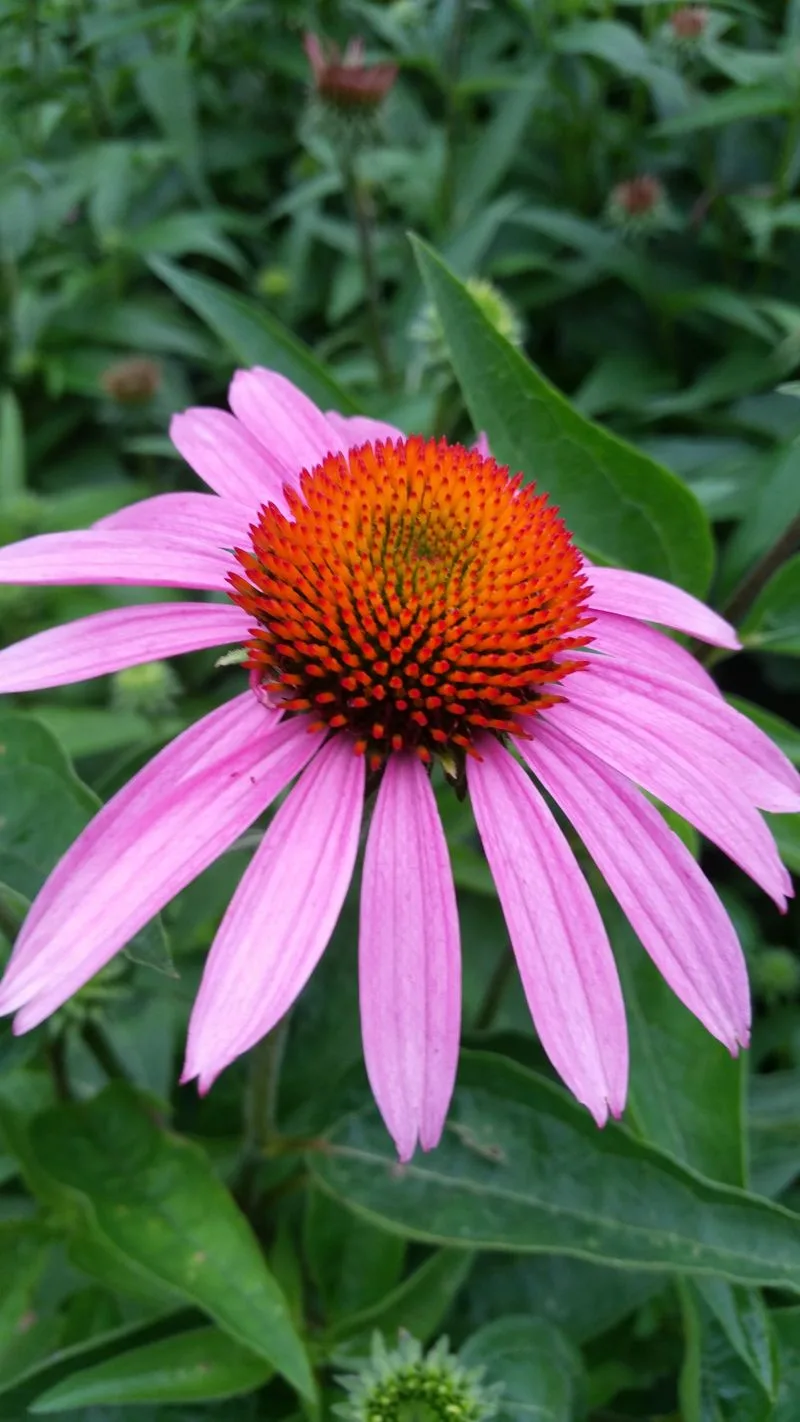
Purple Coneflower is a resilient, drought-tolerant plant that thrives in rain gardens. Its vibrant purple petals and distinctive orange cone add color and attract pollinators.
This plant is ideal for absorbing stormwater runoff, helping to maintain a balanced ecosystem. Known for its medicinal properties, it also supports garden biodiversity. Plant in sunny locations for best results, and enjoy its low-maintenance nature. Purple Coneflower combines beauty with practicality, offering an eye-catching display while performing essential ecological roles in water management and wildlife support.

